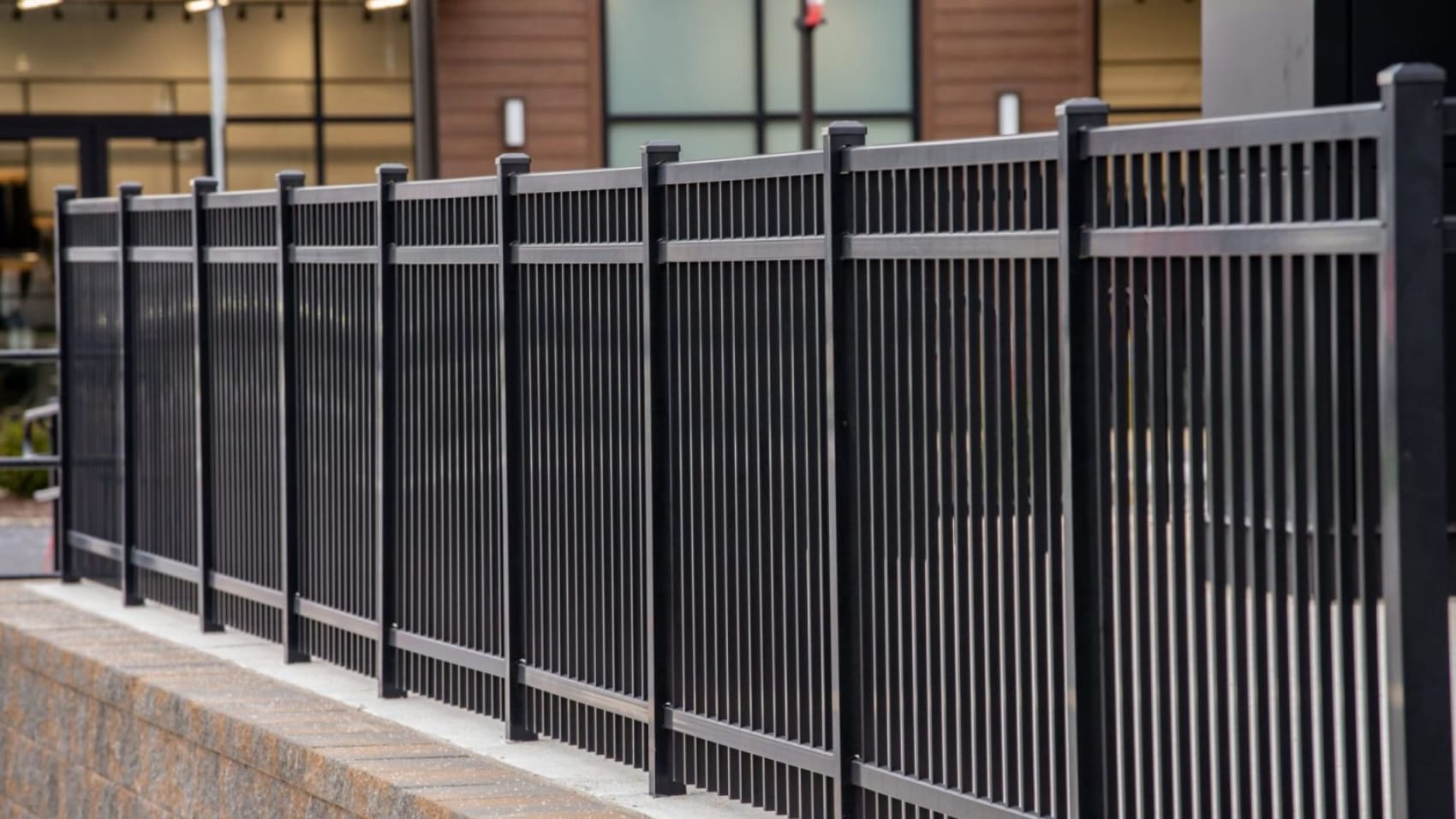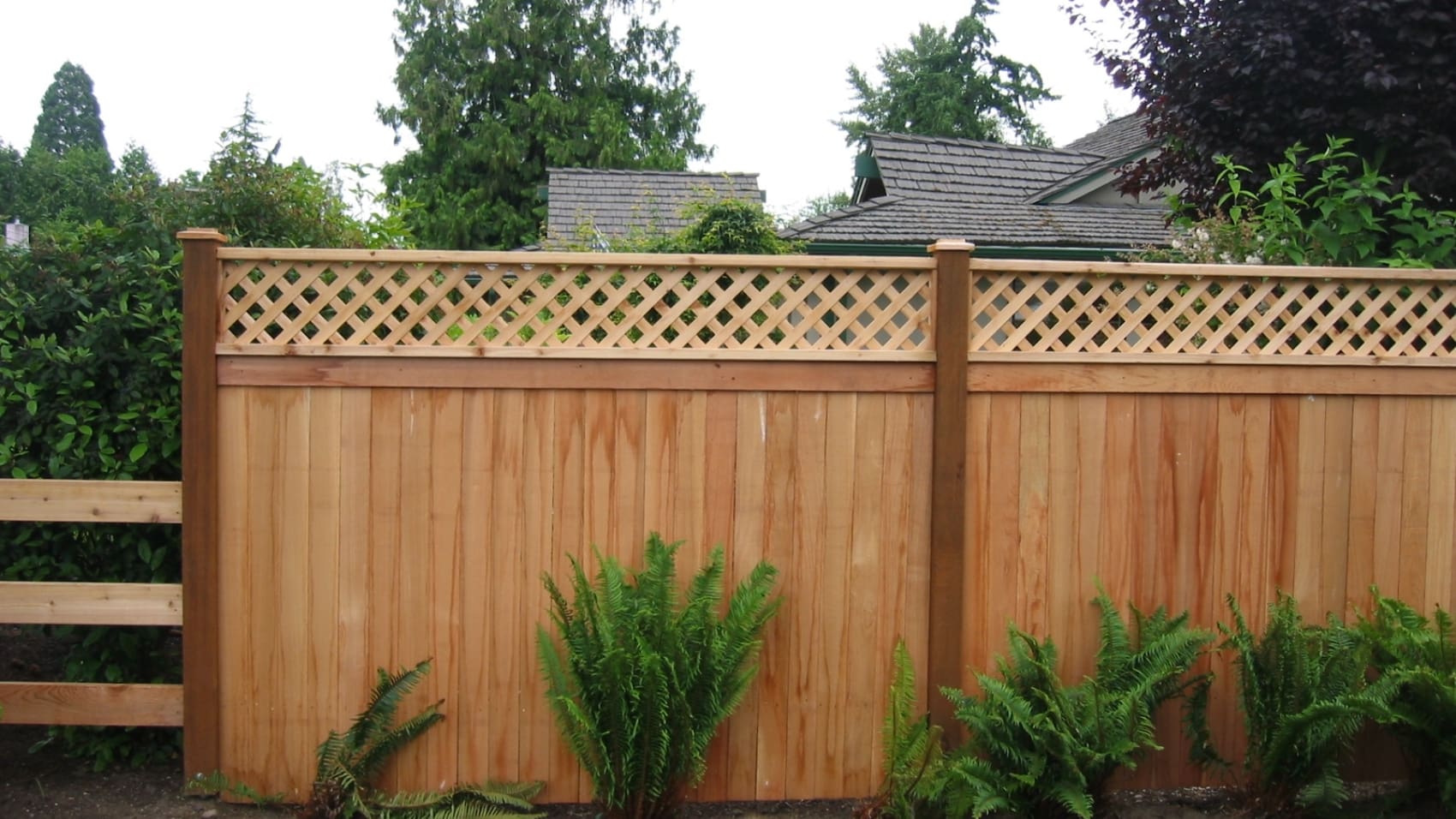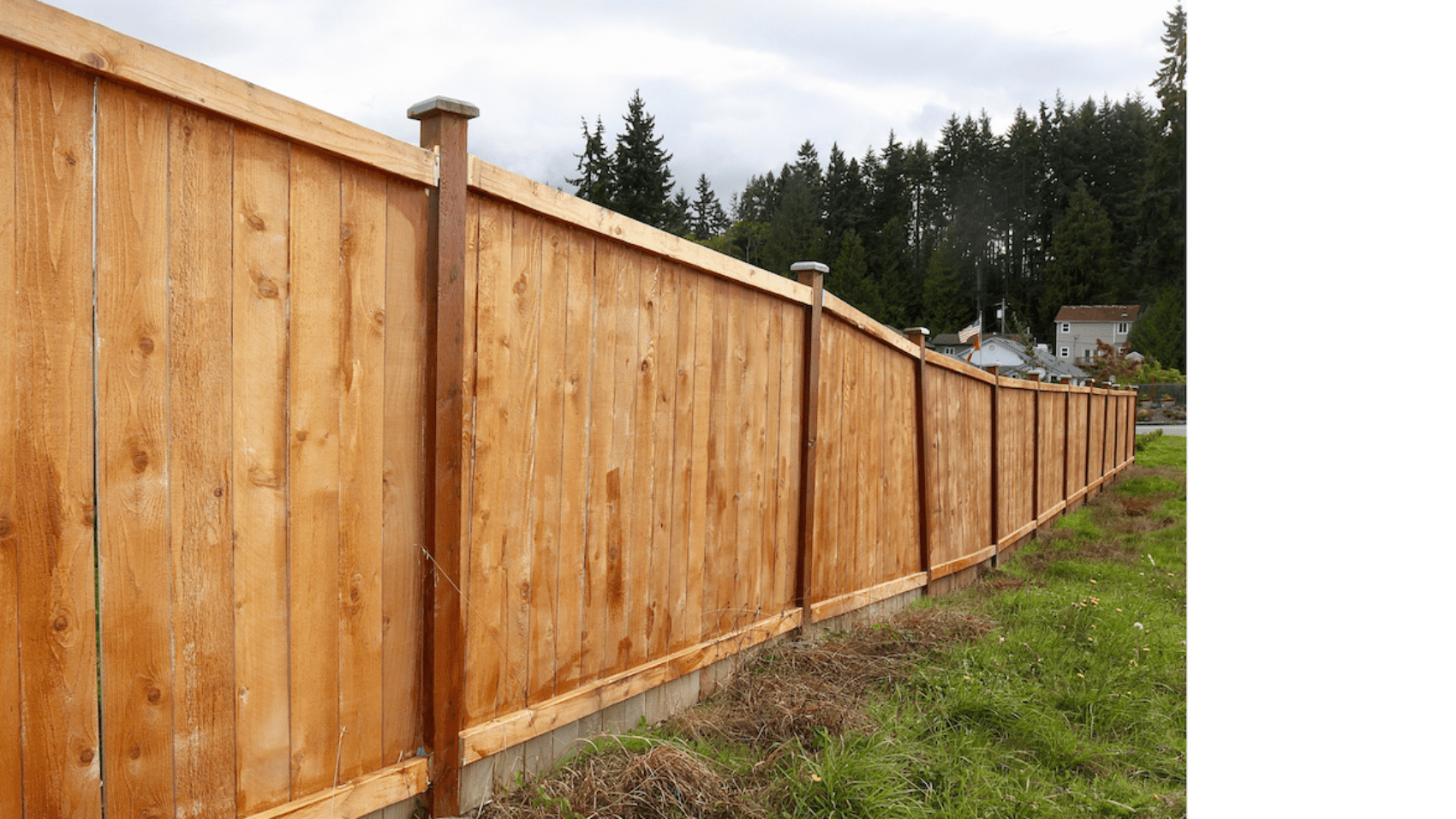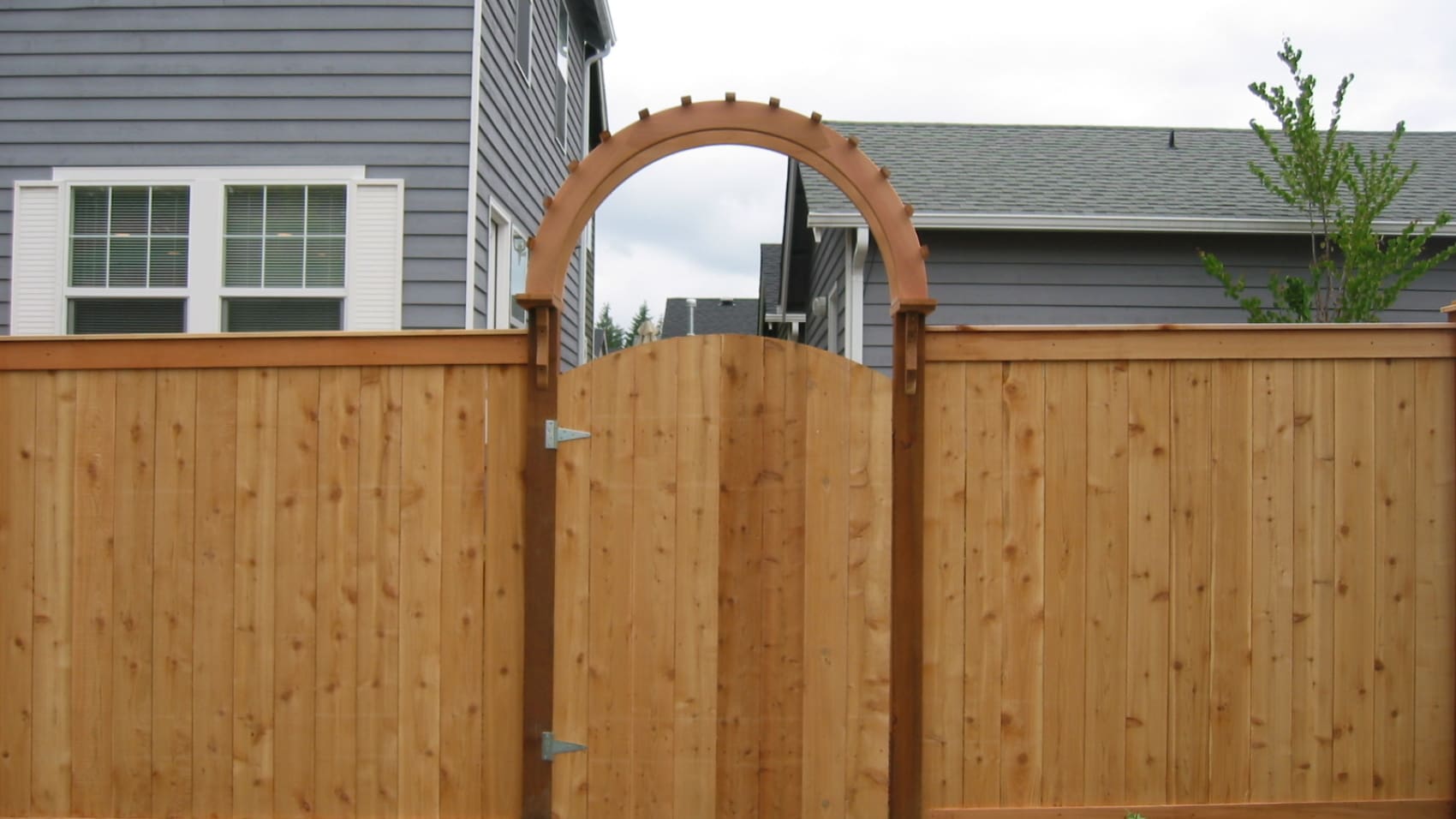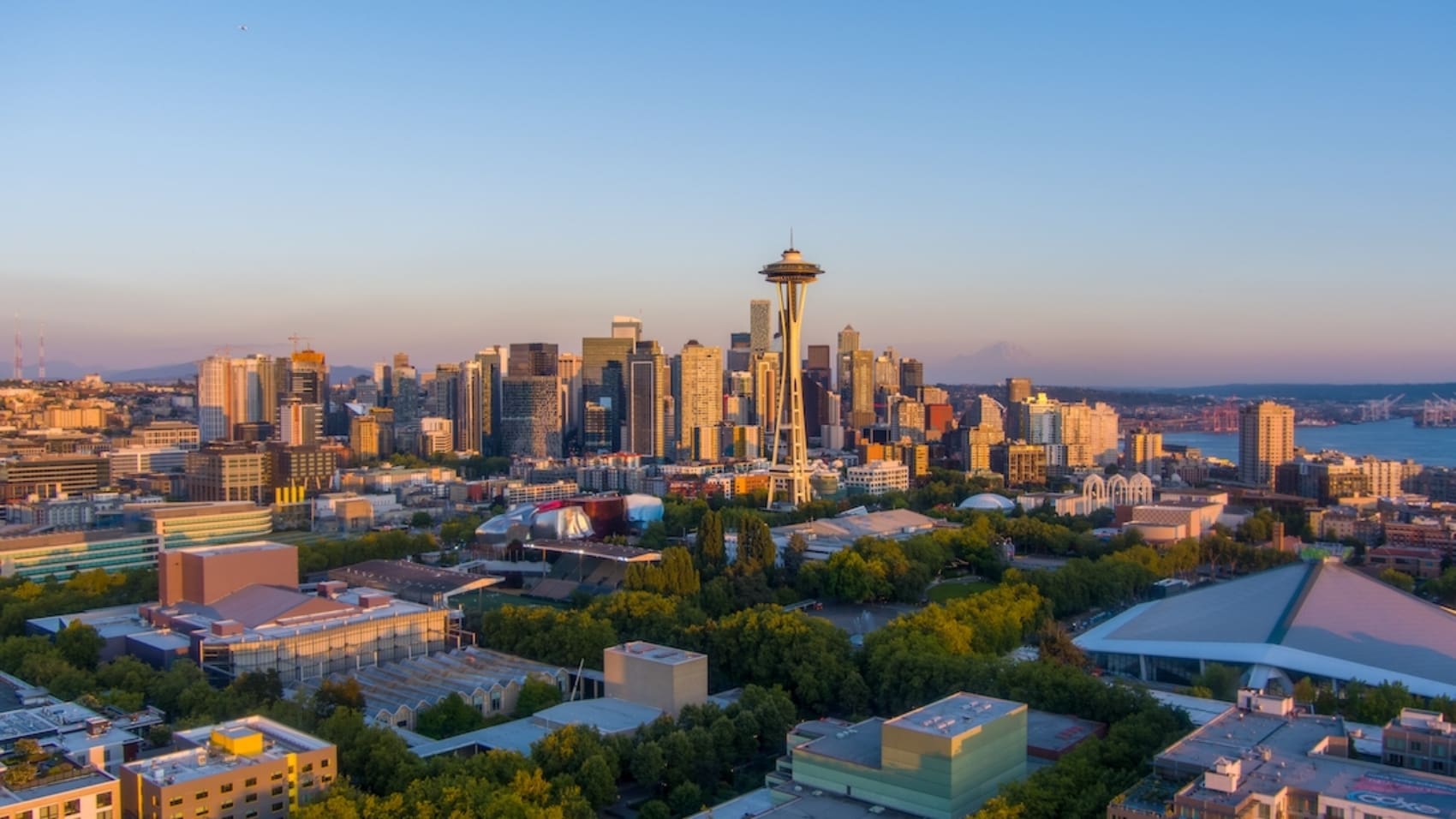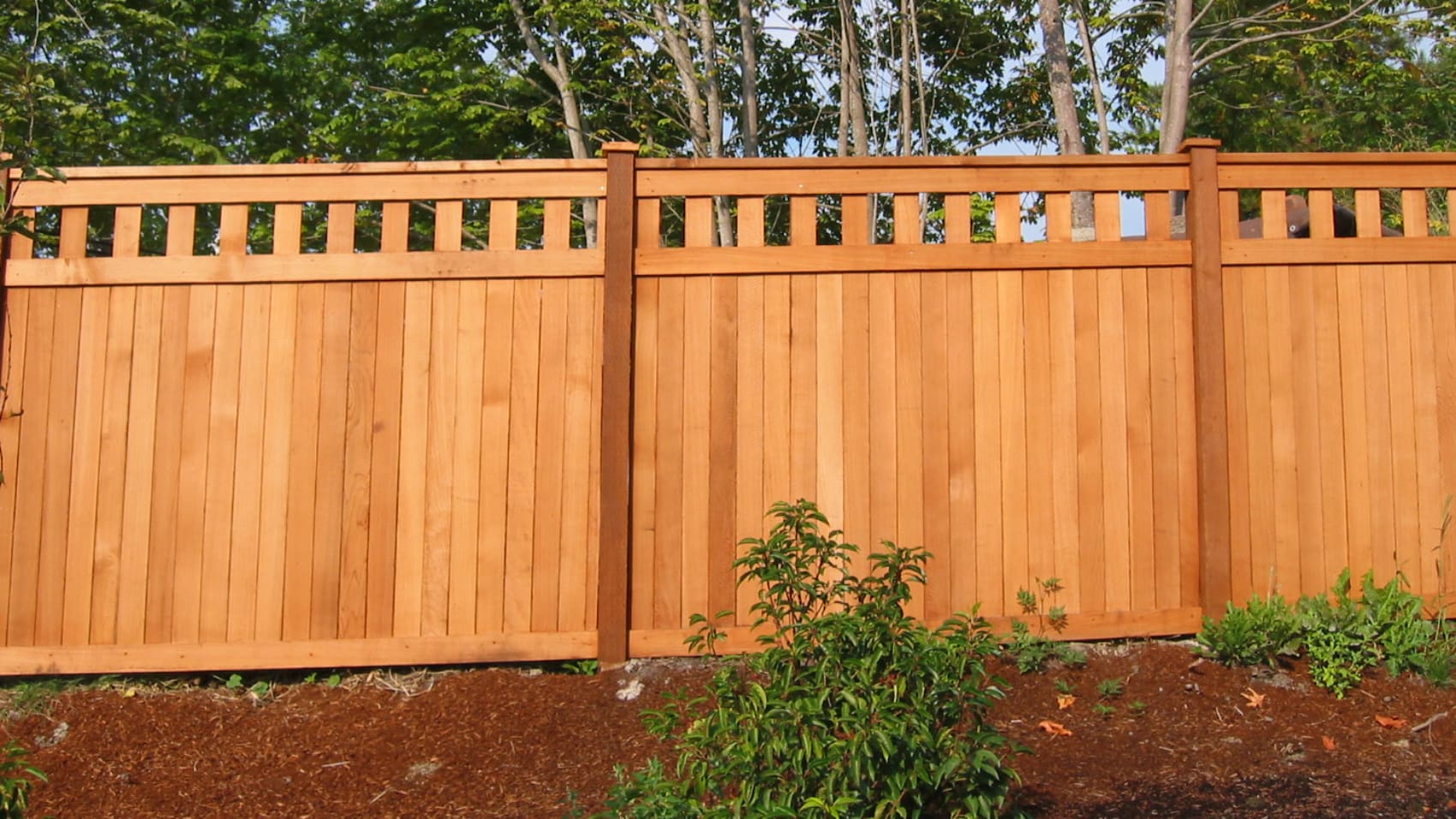Wrought Iron vs Ornamental Iron: What’s the Difference?
No other fencing material matches the sophistication of iron in both function and aesthetics. While there’s no shortage of options when it comes to materials, iron retains its popularity due to its durability and the array of design possibilities.
But iron, at least from the perspective of building fences, comes in two distinct types: wrought iron and ornamental iron. Both afford exceptional attributes, but there’s a reason why they’re distinct. Knowing what separates them is crucial to make the most of your project, whatever it may be.
Wrought Iron
The term “wrought” translates literally to “worked.” That’s because this material is shaped and formed by hand with hammers and anvils. Its texture is apparent due to the hammer marks and other unique detailing. Its malleability makes it possible to create the most intricate designs, i.e., curves and fine details.
Wrought iron is virtually indestructible due to its high carbon content, so it’s highly resistant to rust and corrosion. It’s also very heavy so that it will remain steady even with strong winds and rain.
Ornamental Iron
Ornamental iron, on the other hand, is made from steel. Its primary advantage is that it can be mass-produced and fabricated far quicker than wrought iron since the fabrication process involves machines rather than being hand-worked. It’s available in a wide variety of shapes, colours, and sizes.
Because it has a lower carbon content, ornamental iron is more prone to rust and corrosion over time, though its resistance could be enhanced with powder coating or galvanizing. It’s also much lighter than wrought iron, which makes installation easier. That said, ornamental iron may not hold up as well in severe weather conditions as wrought iron does.
How They’re Made (Production)
Wrought iron is made by heating raw iron ore in a furnace until it becomes pliable enough to be hammered into shape. After that, the metal is cooled down and treated with oils or waxes to prevent rusting.
Meanwhile, ornamental iron starts out as steel, which is made from iron ore that has been melted in a furnace and mixed with other elements, i.e., carbon, chromium, nickel, or manganese. Once the metal is heated to its molten state and cooled down into an ingot, it can be cut into lengths and formed into different shapes using machines and tools.
The most traditional way of wrought iron production relies on manual (by hand) hammering techniques. The process is intricate, requiring a lot of talent and skill from the artisan blacksmith.
The production process for modern ornamental iron has been primarily automated with dedicated machines and tools. This allows mass-producing different shapes, sizes, designs, and colours more efficiently. In most cases, it’s more affordable than wrought iron due to its faster production time.
Appearance
When it comes to aesthetic appeal, wrought iron and ornamental iron differ in several ways.
Wrought iron has a rustic appearance with its hand-forged character. Its rough texture gives it an old-world charm that’s often seen on classic gates, railings, and other products. It’s particularly heavy due to its high carbon content, making it ideal for large custom projects that require durability and strength.
Ornamental iron has a sleek modern look with a smooth texture. Its light weight makes it popular among DIYers who don’t have the tools or skills to install heavier materials. It’s often combined with other materials, such as glass and wood, to create a unique aesthetic.
Why Wrought Iron Fences Aren’t Build Anymore
Wrought iron fences, once a staple of elegant properties, have seen a decline in popularity in recent years. The primary reason is their high cost of production and installation, as crafting wrought iron involves a labor-intensive process that requires skilled craftsmanship.
In addition, wrought iron is susceptible to rusting, requiring regular maintenance and potential repainting to prevent decay and preserve its aesthetic appeal. Modern alternatives like steel or aluminum mimic the grandeur of wrought iron while offering improved resistance to rust, lower maintenance requirements, and often, a more accessible price point.
Furthermore, while wrought iron’s strength and durability make it an excellent security choice, other materials like cedar or vinyl can provide comparable security benefits alongside a warmer, more natural aesthetic that many homeowners now prefer.
Uses of Ornamental Fencing
While fencing is the most commonly associated use for wrought iron and ornamental iron, there are numerous other applications of these materials. Wrought iron, for example, is often used to create furniture frames, table bases, plant holders, and even sculptures.
You probably don’t know it, but ornamental iron is quite popular for patio furniture and handrails, and the reason is pretty clear – its appearance and lightweight make it easy to install in outdoor spaces. Ornamental iron can be used in various projects, from architectural accents to outdoor décor. It’s likewise a popular material for making shelves, lamps, and other decorative pieces.
You’ll Want Ornamental Iron If…
1 – You want a modern and functional material.
Ornamental iron is the preferred choice if you’re looking for a contemporary design that offers both beauty and practicality. It’s also lightweight, making it perfect for projects with smaller components.
2 – You need to build something quickly.
Given its mass production capabilities, ornamental iron can be manufactured in shorter turnaround times than wrought iron.
3 – You’re after an affordable and versatile material.
Ornamental iron is cheaper than wrought iron, which means it’s a sensible choice if you hope to keep costs down without compromising aesthetics. Likewise, its versatility allows you to combine it with other materials, i.e., glass and wood, for a unique look.
4 – You’re looking at a residential project.
Ornamental iron is the logical choice for homes as it doesn’t require the same labour and time needed for wrought iron projects. Plus, its lightweight design allows DIYers to install it without having specialized tools or skills.
Last Thoughts On Wrought Iron vs Ornamental Iron
There’s a reason why we should distinguish between wrought iron and ornamental iron. Both materials have strengths and benefits that make them suitable for different projects but generally ornamental iron fencing is a better choice for your property.
At Town & Country Fencing we have been in business for over 58 years and our team understands how to build an ornamental iron fence so it lasts for decades. If you’re looking for a new ornamental iron fence then please give us a call.
.

